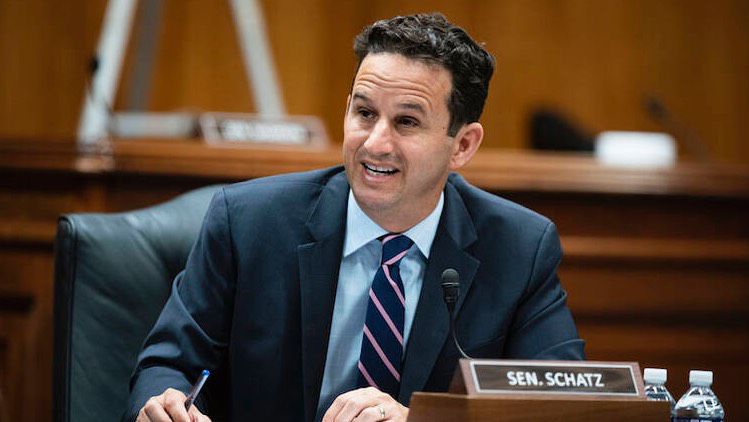WASHINGTON — Congressional leaders released the second half of the hard-fought bipartisan appropriations package on Thursday, which, if approved as expected, will start the flow of billions of dollars in federal funding for Hawaii.
The first half of the appropriations bill, which included funding to improve roads and infrastructure and provide food and housing assistance, was released on March 4.
“This new funding will help support the Native Hawaiian community and provide people with health care, education and other essential services,” said Schatz, a senior member of the Senate Appropriations Committee.
The package was released just a day ahead of the Friday night deadline to avert an interruption of government services. Congress is expected to heed Pres. Joe Biden’s exhortation to vote on the bills “immediately.”
The $1.2 trillion package, contained in six bills, includes a provision authored by Schatz that requires the Federal Emergency Management Agency to report on the urgent need for temporary housing on Maui following last year’s deadly wildfires as well as language calling on defense secretary Lloyd Austin to reaffirm his commitment not to use the Red Hill Bulk Fuel Storage Facility for future fuel storage or operations.
As Shatz noted, the package includes significant direct funding for several state organizations and initiatives, including but not limited to $54 million through the Impact Aid Program to provide the Hawaii Department of Education with resources to finance the education of federally connected children; $46 million for Native Hawaiian education; $27 million to support five health centers that serve Native Hawaiians; $22 million for the East-West Center; $18 million for Kalaeloa electrical system upgrades; and $3 million for shipyard and ship repair workforce training.
Hawaii is also included in funding of specialized programs and initiatives like Native Hawaiian and Alaska Native-Serving Institutions ($24.6 million) and the Center for Indigenous Innovation and Health Equity ($4 million).
Hawaii will further benefit from overall funding for national programs and initiatives, none more relevant this year than the $20.2 billion appropriated for the Disaster Relief Fund. Among numerous other nationwide appropriations included in the package are $12.3 billion for Head Start; $8.7 billion for the Child Care Development Block Grant; $4 billion for Low-Income Home Energy Assistance Program; $1.9 billion for Community Health Centers; and $1.76 billion for Job Corps.
Michael Tsai covers local and state politics for Spectrum News Hawaii. He can be reached at michael.tsai@charter.com.




